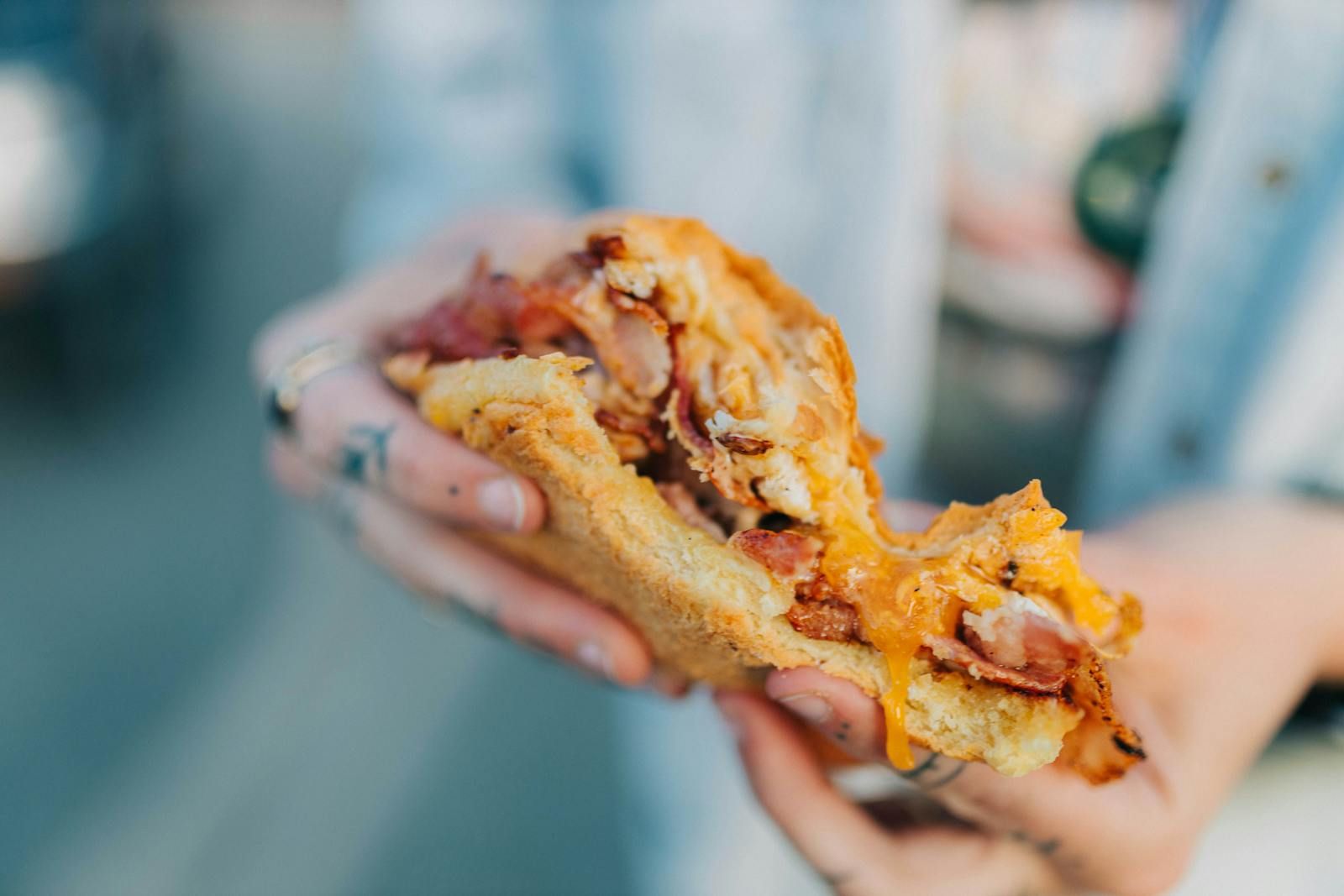
Step into any McDonald’s, and you’re entering a realm of fast-paced transactions, familiar aromas, and a promise of convenience. For millions globally, it’s a staple, a quick fix, a reliable stop. But beneath the golden arches and the smiling facade, there’s a wild, unpredictable current of human interaction that often veers far from the polished perfection depicted in commercials. We’re talking about the real-deal, unfiltered experiences that range from frustratingly long waits to outright chaotic confrontations, where the line between customer service and crisis management blurs.
In this deep dive, we’re pulling back the curtain on some of McDonald’s most challenging customer encounters. We’ll explore everything from the persistent complaints about wait times that push patrons to their breaking point, to the company’s high-tech solutions aimed at alleviating employee stress. We’ll also confront the raw, sometimes shocking, realities of viral outbursts and the surprising costs associated with seemingly harmless actions in a fast-food setting, setting the stage for understanding the full spectrum of incidents that play out under that iconic ‘M’.

1. **The Agonizing Waits: Curbside and Drive-Thru Frustrations**Imagine this scenario: you’ve placed your order, hunger gnawing at your stomach, anticipating the fast, satisfying transaction promised by fast food. Yet, you find yourself stuck in place, time ticking away, the promise of “fast” fading into distant memory. This was the real-life experience of American customer Gizmo. He took to X platform to vent his frustration, stating that after waiting over 30 minutes at the drive-thru, he finally lost his temper: “@McDonald’s This is ridiculous… I’ve been waiting at the drive-thru for over 30 minutes and I’m still waiting for my food… This is the second time I’ve had to wait this long.”
This specific pickup policy was well-intentioned: aimed at preventing stores from becoming overly crowded and providing customers with a more flexible pickup option. However, as Gizmo’s experience vividly demonstrates, when waiting times extend to half an hour or longer, the system begins to deviate from its original purpose. This is a frustrating paradox: a solution intended to simplify service has inadvertently created new bottlenecks, leaving customers to wait impatiently in their cars.
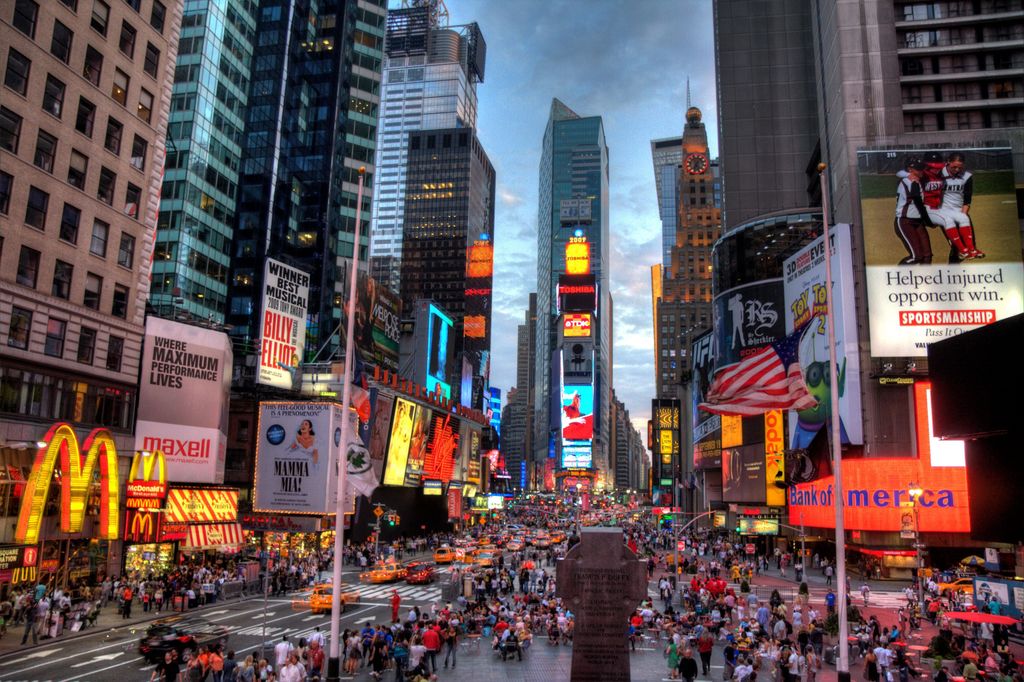
2. **Corporate Comeback: McDonald’s Official Responses and Strategy Shifts**When these exasperated customers aired their grievances on public platforms, McDonald’s was quick to respond, albeit with a standardized, often automated, tone. To Gizmo, they replied with an empathetic, “We don’t expect something like this to happen, Gizmo. DM us your contact info, app email address, and order receipt, and we’ll look into it.” The response to Chris was similarly structured, emphasizing the chain’s commitment to efficiency: “We’re all about quick and convenient, Chris. Share your contact info, email address & restaurant address via DM to look into it.”
These immediate, template-based responses, while necessary for initial customer interactions, often leave the wider public confused about how such incidents are actually resolved. It is difficult to determine whether these interactions are followed up on or what specific measures are taken.
However, in addition to these personalized customer service interactions, McDonald’s is indeed undergoing major structural reforms to its operations, particularly through the adoption of artificial intelligence technology. The US Sun reported on McDonald’s ambitious plan to integrate artificial intelligence technology into its restaurants, starting with connected kitchen equipment, AI-driven drive-thru services, and smart tools designed specifically for managers. This technological transformation aims to directly address issues that cause customer dissatisfaction, such as long wait times and operational inefficiencies.
McDonald’s Chief Information Officer Brian Rice candidly addressed the significant pressure faced by restaurant staff, with a clear vision: “Technology solutions will alleviate pressure.” This underscores McDonald’s commitment not only to enhancing the customer experience but also to creating a more manageable and less stressful work environment for employees.
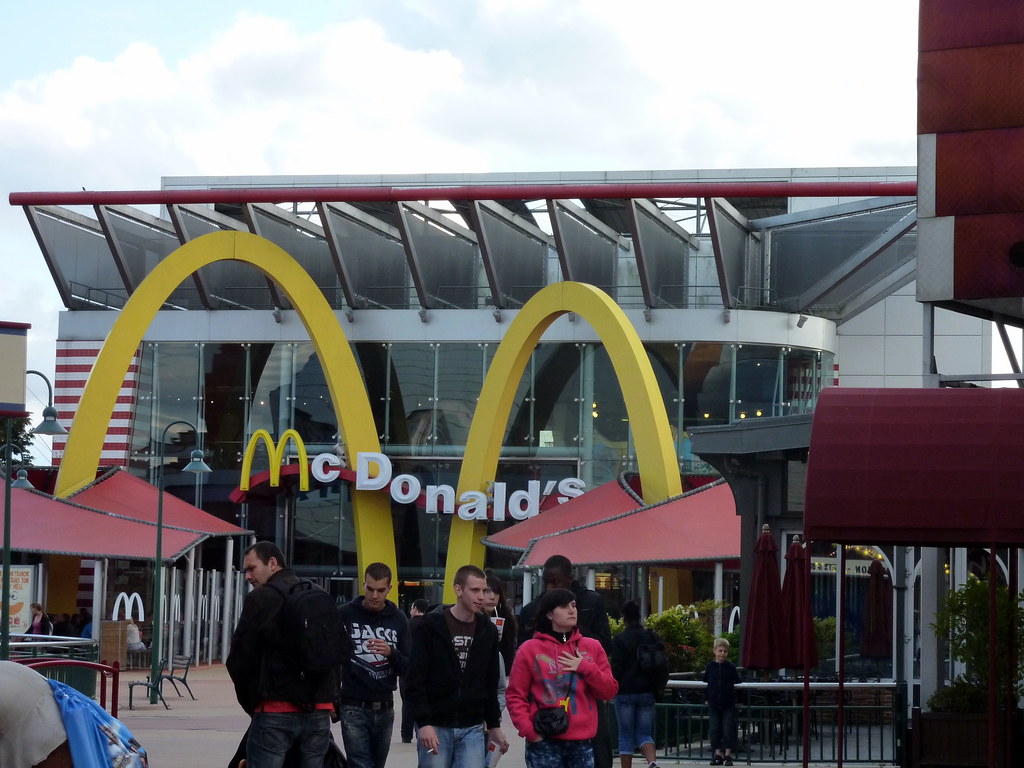
3. **The Unhinged Outburst: A Drive-Thru Meltdown in Maryland**The calm, controlled environment McDonald’s strives for can, at times, shatter under the weight of extreme customer frustration, spilling into raw, unfiltered chaos. Such was the case in White Marsh, Maryland, where an “erratic” man turned a simple drive-thru transaction into a viral spectacle, captured on TikTok for the world to witness. Wearing a beanie, blue polo, and sunglasses, the man approached the drive-thru window on foot, his fury immediately palpable.
His tirade began with aggressive shouts, demanding food and hurling insults at the bewildered workers. The situation escalated rapidly as he grabbed items from the window — an order of fries and a small drink — and furiously threw them at a worker. He then seized a large soda, chucking it into the restaurant, eliciting gasps and screams from unseen individuals inside.
Unsuccessful in his attempts to dismantle the soda machine, his attention shifted to the register area, where he declared, “I own all this s–t!” In a shocking display of brute force, he ripped a register off its hinges, causing the entire rack of equipment to topple over. He vigorously shook the fallen devices, screaming for “some damn real food.”
In a move that surprised many viewers, despite his violent outburst and destruction, workers eventually handed the man a bag of food. Yet, even this failed to quell his rage entirely; he demanded additional bags, snatching them while continuing his torrent of insults, culminating in a defiant “F–k you all!” before slamming the drive-thru window shut. It remains unclear whether the man was intoxicated or if he faced any arrests, leaving a chilling question mark over the incident and the safety protocols for fast-food employees.
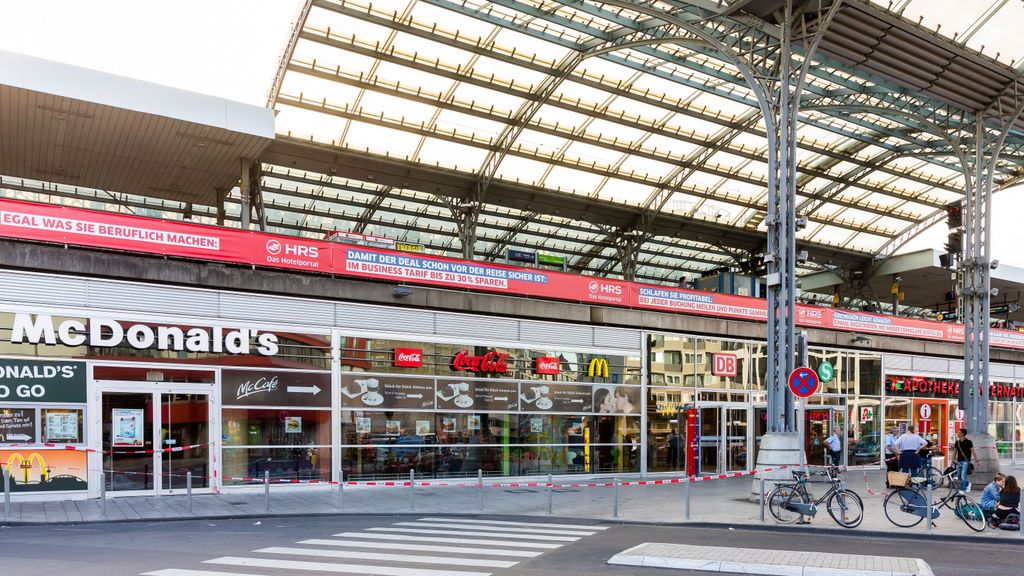
4. **When Food Fights Back: The Shocking Blender Incident in Ohio**Sometimes, the escalating tensions within a McDonald’s go beyond verbal altercations and even property damage, leading to physical confrontations with severe consequences. This harrowing reality unfolded in Colerain Township, Ohio, when Britany Price experienced an incorrect order after going through the drive-thru for cheeseburgers and Happy Meals. Her initial attempt to resolve the issue calmly by entering the store quickly spiraled into a violent incident that left her with life-altering injuries.
Surveillance footage revealed Price waiting for nearly 25 minutes inside the store without assistance. Growing increasingly frustrated by the lack of resolution, she returned to her car to retrieve the incorrect food, re-entering the restaurant with the intention of demanding a refund. The situation, already tense, then took a dramatic and dangerous turn. Price, in a fit of frustration, began throwing the food at the manager behind the counter, an act of protest against the poor service she had received.
The manager’s retaliation, however, was swift and shockingly severe. From behind the counter, they hurled a blender, a heavy and dangerous object, directly at Price. The projectile struck her in the face, knocking her to the ground with devastating force. The footage captured her struggling to regain her footing, a stark visual testament to the impact of the blow. Price later recounted, “I wanted to get some Happy Meals and some cheeseburgers and that was a very unhappy day for me,” highlighting the profound disconnect between a simple food order and the traumatic outcome.
The consequences for Price were dire: she suffered a shattered cheekbone and a broken nose, injuries so severe that they would require surgery. In the wake of the incident, the McDonald’s location’s management issued a statement confirming that the employee responsible had been fired, asserting that such behavior was “not reflective of our values.” Price is now pursuing a civil lawsuit against McDonald’s, seeking compensation for the significant physical and emotional distress caused by the assault, underscoring the serious legal ramifications that can arise from unchecked conflicts in the fast-food environment.
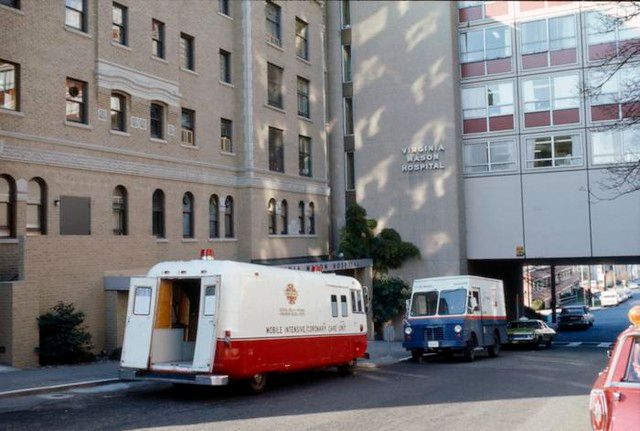
5. **The Price of Convenience: A Teenager’s Costly Drive-Thru Phone Fine**Sometimes, the most seemingly innocuous actions can lead to unexpectedly costly consequences, particularly when technology and traffic laws intersect. For 18-year-old Mason Prima in Saskatoon, Canada, a simple attempt to use his phone to access a free meal coupon at a McDonald’s drive-thru turned into a remarkably expensive lunch. As he was waiting in his car, phone in hand, an officer pulled him over, leading to a confrontation that would cost him dearly.
Prima recounted his side of the story to CTV News, explaining that his car was barely moving, just “rolling” as he pulled up his McDonald’s app to load a coupon code. He genuinely believed his actions were harmless, asserting that he wasn’t truly driving in the conventional sense. “I’m just trying to get a free meal, but no, turns out to be a very expensive lunch,” he lamented, expressing his shock at the situation given his regular habit of using the app in the drive-thru without prior issues.
Despite Prima’s insistence that his foot wasn’t on the gas or the brake and that he was merely stationary or minimally rolling, the Saskatoon police officer had a different interpretation of the law. The officer issued Prima a hefty $580 Canadian dollar fine, equivalent to approximately $425 USD, for using a cell phone while driving on a public roadway. This significant penalty highlights the strictness of distracted driving laws, even in seemingly benign scenarios within a drive-thru lane.
Adding to the financial burden, Prima was also concerned about the demerits placed on his license, particularly since he had only held it for two years. Undeterred by the fine, he declared his intention to fight the ticket in court, challenging the police’s account of the traffic stop. The Royal Canadian Mounted Police (RCMP), however, stood firm on their position, stating that Prima was indeed “observed driving a vehicle on a public roadway while using a cellphone,” reinforcing the legal complexities that can arise even in the most mundane of fast-food errands.
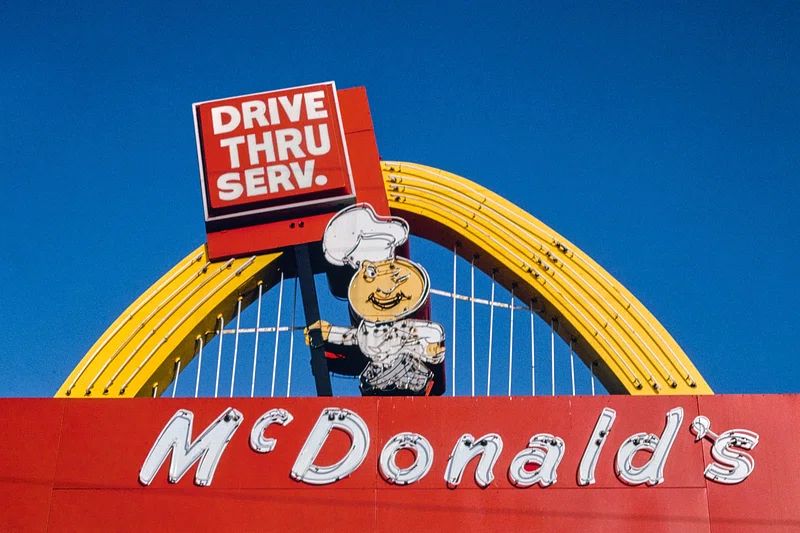
6. **Slipping Up: Understanding What to Do After a McDonald’s Fall**Beyond the dramatic confrontations and unexpected fines, McDonald’s locations, like any public space, are also sites where more common, yet potentially devastating, accidents can occur: slip and falls. These incidents, while often dismissed as minor mishaps, carry the potential for significant injuries and substantial financial losses. If you ever find yourself in such an unfortunate situation, understanding the immediate steps to take is paramount to protecting your health and your legal rights.
Your absolute first priority following a slip and fall should be your well-being. Even if you feel shaken but not seriously hurt, it is critically important to seek medical attention promptly. Injuries like concussions, internal bleeding, or soft tissue damage may not manifest immediately, and a medical evaluation creates an official record of your condition right after the incident, which is crucial for any potential claim.
The next vital step is to formally report the incident to McDonald’s staff or the manager on duty. Insist that an official incident report be filed and request a copy for your records. This formal documentation establishes that the accident occurred on their premises and initiates their internal processes. Without a formal report, it becomes significantly harder to prove that the incident ever took place.
Finally, if your physical condition allows, gather as much evidence as possible at the scene. This includes taking photographs of the hazardous condition that caused your fall—be it a wet floor without a sign, a broken tile, or spilled food. Collect contact information from any witnesses who saw the incident, as their testimony can be invaluable. Additionally, note the date, time, and specific location within the McDonald’s where the fall occurred. Consulting with an experienced personal injury attorney early in the process can then help you navigate the complexities, ensuring your rights are protected and you pursue fair compensation for your injuries.
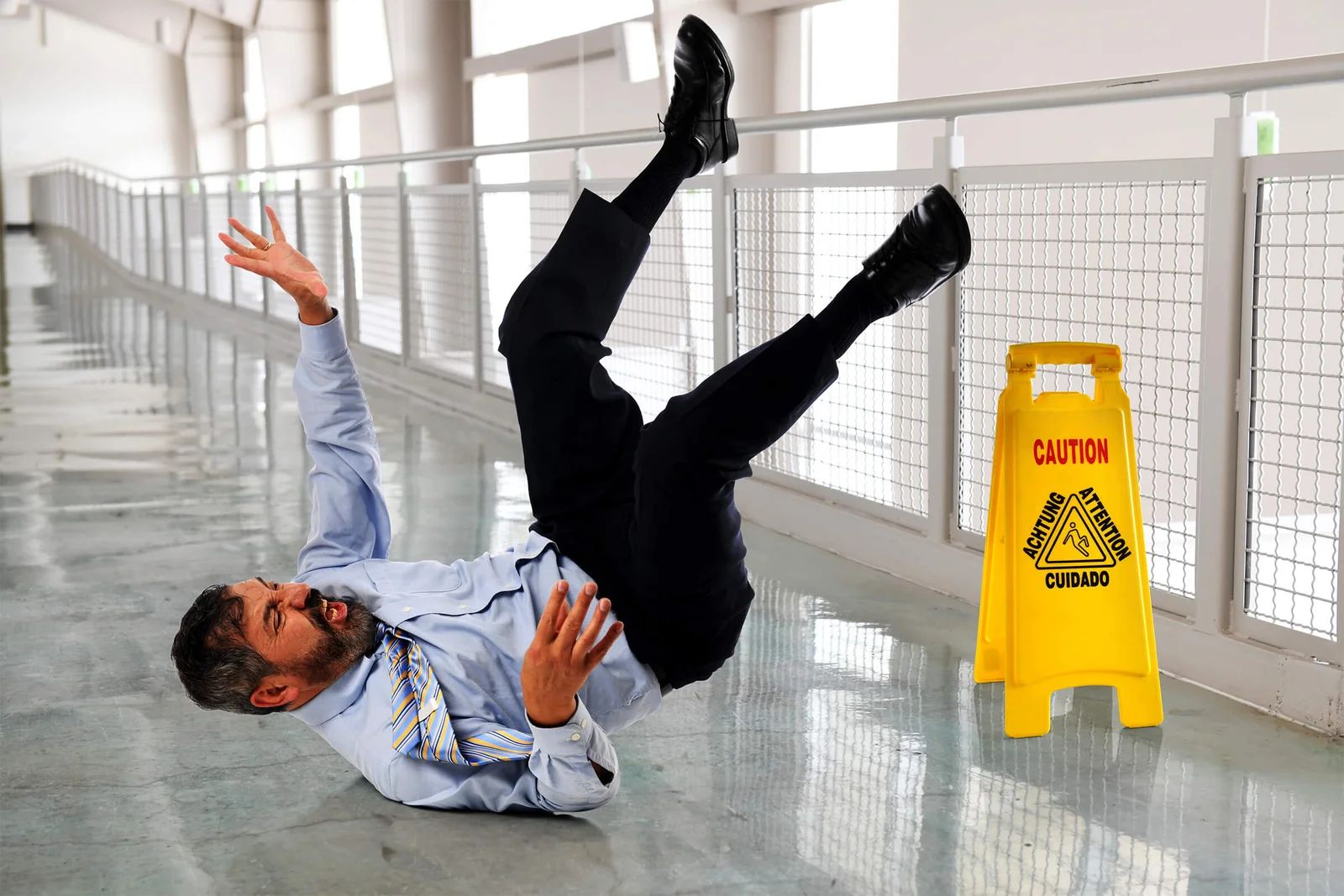
7. **The Physical Toll: Common Injuries from a Slip and Fall Accident at McDonald’s**When a routine stop at McDonald’s takes an unexpected turn, a slip and fall isn’t just an embarrassment; it can lead to genuinely debilitating injuries. These aren’t always immediately apparent, but they can significantly impact a person’s life, ranging from superficial wounds to severe, long-term conditions. Understanding the potential physical consequences is crucial for anyone who has experienced such an incident, as it directly relates to the scope of medical attention and compensation needed.
Among the most common outcomes are soft tissue injuries, which include painful bruises, sprains, strains, and contusions. While these might initially seem minor, they can result in chronic pain and restricted movement if not properly treated. More serious are fractures, with broken bones frequently occurring in the wrists, arms, ankles, and hips, particularly for those who instinctively try to break their fall. These often necessitate casts, prolonged rehabilitation, or even surgery.
The head, back, and spinal cord are also alarmingly vulnerable. Impacts can lead to concussions, traumatic brain injuries (TBIs), and skull fractures. Spinal cord injuries, such as herniated discs or vertebral fractures, can cause persistent back pain or nerve damage. Beyond these, cuts and lacerations from sharp objects or broken glass can also occur, adding another layer of physical harm. The range of potential injuries underscores the serious nature of these accidents.
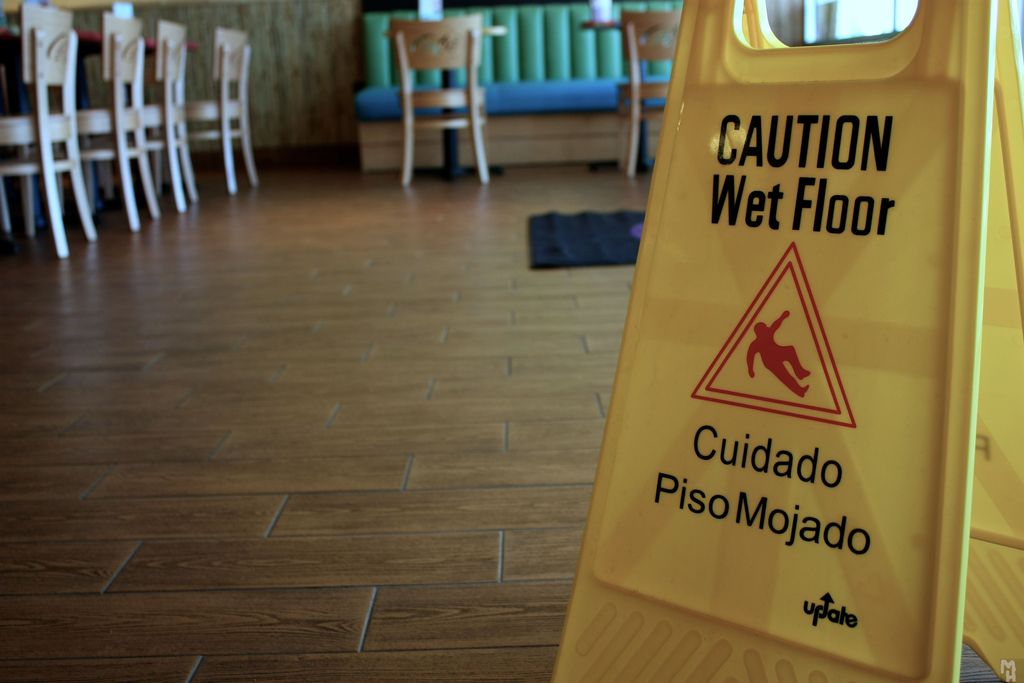
8. **Filing Your Claim: Navigating the Legal Labyrinth After a Fall**Once the immediate shock and medical attention for a slip and fall have settled, the path to justice can seem daunting, especially when dealing with a corporate giant like McDonald’s. Initiating a personal injury claim requires methodical steps, transforming a personal ordeal into a structured legal process aimed at securing rightful compensation. This journey begins with meticulous documentation and strategic legal consultation, setting the foundation for your case.
The cornerstone of any successful claim is evidence. Beyond the initial steps of seeking medical attention and reporting the incident, it’s imperative to comprehensively document every aspect. With evidence in hand, the next critical move is to consult with a personal injury attorney. These legal professionals specialize in slip and fall cases and can provide invaluable guidance, helping you understand your rights and the viability of your claim. They will assist in formally notifying McDonald’s insurance company, providing all necessary details of the incident and your medical expenses. From there, your attorney will handle all communications and negotiations, advocating fiercely for a fair settlement that covers medical expenses, lost wages, and pain.
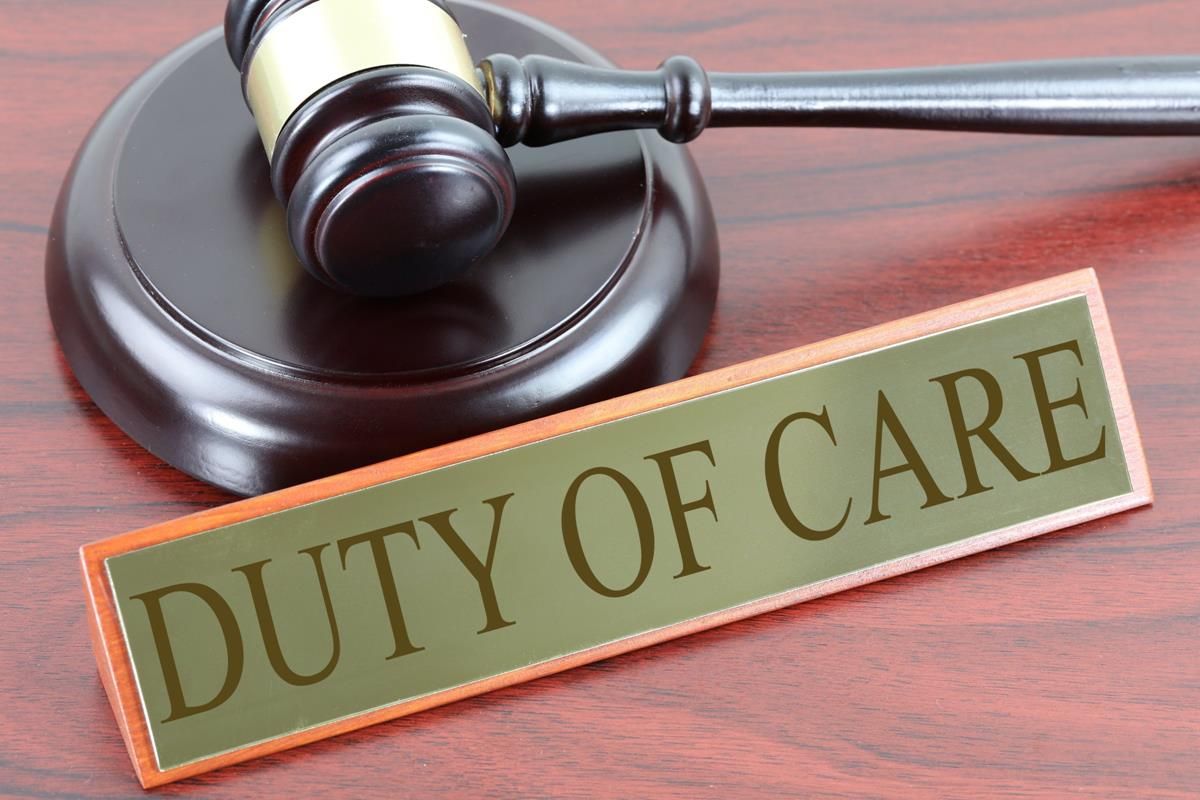
9. **Unpacking Liability: Who’s Responsible When You Slip Up?**At the broadest level, the McDonald’s Corporation itself might bear responsibility. This occurs if the incident stems from overarching corporate policies or systemic failures that contribute to unsafe conditions across its franchise locations. More frequently, however, liability falls on the specific franchise owner or operator. These individual owners are directly responsible for the day-to-day maintenance and safety of their particular restaurant. Their negligence in addressing a wet floor, repairing damaged flooring, or ensuring adequate lighting directly impacts the safety of their premises.
Furthermore, the chain of responsibility can extend to third parties. If a slip and fall is caused by the negligence of an external contractor responsible for maintenance or cleaning services, then that third party may also share liability. Proving liability in any of these scenarios requires demonstrating that the responsible party failed to take reasonable and prudent steps to prevent the accident. This “failure to take reasonable steps” is the core of establishing a successful case.



